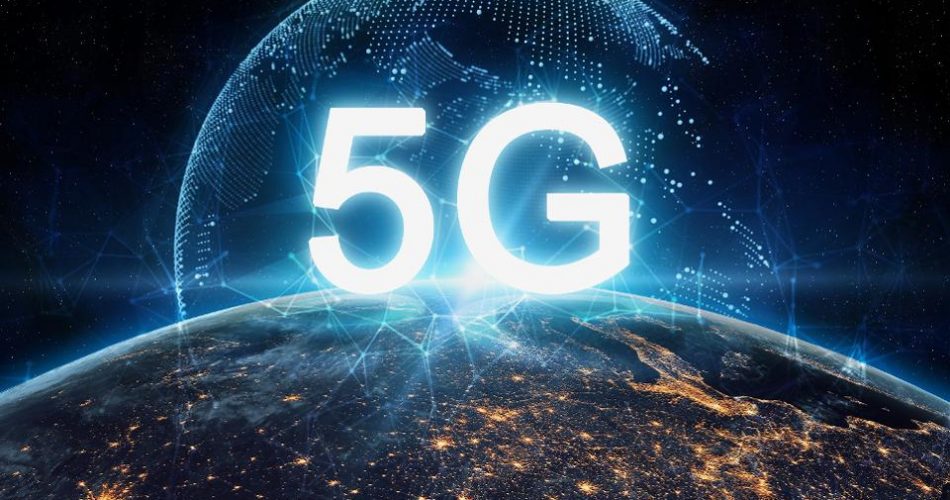
Businesses today rely on mobility as the means for their dispersed, remote workforces to stay productive, connected and properly managed. The global BYOD (bring your own device) and enterprise mobility market size is poised to grow by $862.29 million from now until 2024, according to a report by Technavio.
As enterprise mobility continues to increase with more and more devices being deployed, companies need to be looking into the future to explore ways of becoming more adaptable and scalable. 5G connectivity will make a big impact on enterprise mobility and bring some major benefits to remote workers. Let’s explore what’s to come and how these solutions should be utilized to take business operations to the next level.
- We've built a list of the best MDM solutions right now
- What is 6G? Everything you need to know
- Here's our list of the best identity management services
Joe Fizor is Lead Solution Engineer at TBI
Mobile device management (MDM)
As organizations increase the number of mobile devices in use, mobile device management (MDM) becomes more critical. A large focus and time-consuming task for businesses has become managing these devices and the need for proper accessibility and security. It is important to have constant visibility and effective threat detection in place. MDM solutions enable security to be deployed to every single device within the enterprise network. Proper protocols can then be established to take appropriate actions should any security incidents or potential threats be identified.
Employees now using personal devices or non-approved devices to connect to business-critical information creates multiple, easily accessible entry points for attackers. There has been an increase in breaches caused by unlocked smartphones being stolen or attacked through the use of unsecure third-party applications; Twitter’s recent data breach is one example of an attack that originated due to compromised mobile phone data. A remote workforce is an easy target for many threat actors; organizations need to be prioritizing security awareness trainings to increase know-how against phishing and fraudulent email campaigns.
MDM not only allows for the business to push applications out to employees to ensure that they have the correct softphone, CRM, client email, etc., but it also assists with securing employees’ mobile devices. In some cases, it can even help optimize mobility service, data usage, and cellphone plan spend. MDM can be a difficult topic for some businesses with a BYOD policy in place, but business applications can still be containerized and secured through many MDM solutions. This allows personal devices, applications, and information to be kept separate from business information and access.
Another advantage of MDM is to ensure that when a user leaves or is terminated that the device is wiped to protect the business data while leaving personal data untouched. This is extremely helpful in the event the device is lost or stolen. We find many customers who have attempted to deploy MDM or leverage basic solutions that may be offered through existing tools. Keep in mind, not all MDM solutions are created equal. As mentioned above, organizations can ensure users have the correct (business approved) applications for their roles. Parameters can also be set to deny access if the user is out of region/country or has not updated their endpoint security/missing patches. This is where security solutions begin to overlap, and it is important to remember best practices for security policies within the business – It’s a layered approach.
Benefits of 5G
Like MDM, not all 5G solutions are equal. 5G will drastically increase performance for many users with options in the 6-60GHZ range driving far higher bandwidth and throughput. But note, there are also 5G Narrowband solutions aimed at more of a general or IoT use, which will still show improvements over the existing 4G LTE solutions.
Sign up to the TechRadar Pro newsletter to get all the top news, opinion, features and guidance your business needs to succeed!
The new, shiny high-speed 5G is further contributing to the transformation of remote work. Employees can transmit large amounts of data faster and easier using 5G, allowing business tasks previously only performed onsite to be done just as quickly offsite. This significantly enhances the work from home (WFH) user’s connection. Productivity and efficiency can be improved by providing a dedicated connection to WFH users, avoiding consumer-grade connections and the congestion of streaming services/other users using the same connection. This allows for higher resiliency over consumer-grade connections and businesses can also avoid construction costs with deployment.
5G also allows for increased performance of AI and IoT devices, due to faster information processing and the bandwidth to connect a massive number of devices. But with a price. The ability for an IoT device to send sensitive information creates greater possibilities for attacks. Increased bandwidth could also potentially lead to more devastating DDoS attacks, so ensuring that proper IoT security is in place is extremely important.
Future of enterprise mobility
This year has led to a notable surge in enterprise mobility that is not slowing down. Businesses will invest more in these solutions as they now greatly depend on mobility to remain efficient and productive. To best utilize these solutions, the focus needs to be on managing the multitude of devices, maintaining strict security measures for devices and awareness within employees and incorporating the latest capabilities and solutions. Remote workers need secure connectivity and fast access to business-critical applications while businesses maintain control and visibility. Organizations should be evaluating their mobility solutions to see where there are gaps or weaknesses and find appropriate solutions. They need to consider how mobility will play into their future business plans, achieving desired outcomes while keeping scalability in mind.
- We've built a list of the best business smartphones right now
Joe Fizor is Lead Solution Engineer at TBI